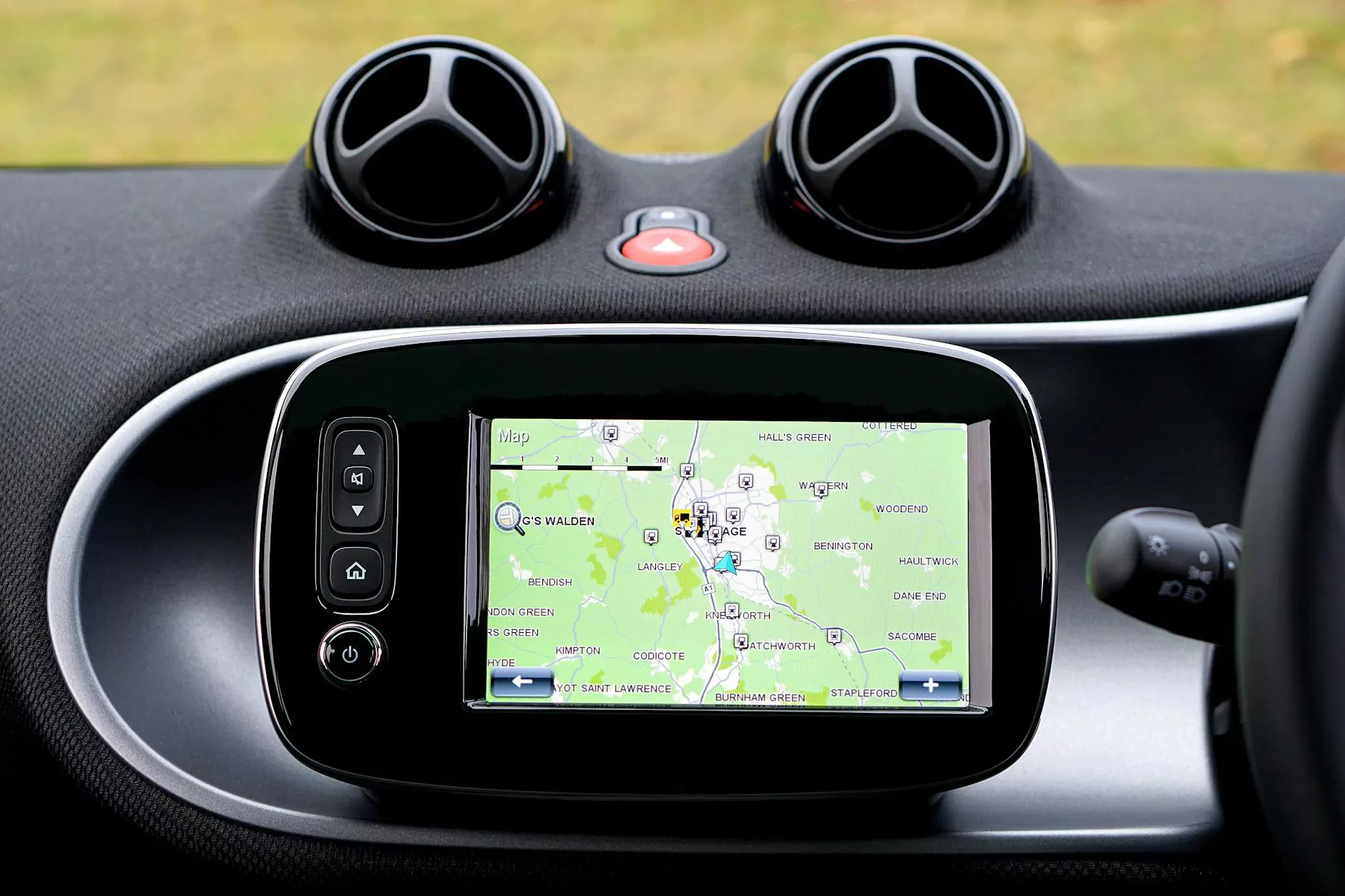How Autonomous Data Collection is Shaping the Future of Shopping and Fashion

Introduction
The world of shopping and fashion is evolving at a rapid pace, thanks to advancements in technology. One such breakthrough that is revolutionizing the industry is autonomous data collection. This innovative concept is allowing businesses to gather valuable insights, improve customer experiences, and gain a competitive edge.
The Power of Autonomous Data Collection
In today's highly digitalized world, data has become the lifeblood of businesses. The ability to collect, analyze, and utilize data effectively can make or break an organization. Autonomous data collection takes this process to a whole new level.
By leveraging cutting-edge technologies such as artificial intelligence (AI) and machine learning (ML), businesses can automate the collection of data from various sources, including online platforms, in-store interactions, customer feedback, and social media. This comprehensive data collection process provides companies with a deep understanding of their customers' preferences, behaviors, and buying patterns.
Enhancing Customer Experiences
One of the key benefits of autonomous data collection for shopping and fashion businesses is the ability to personalize and enhance customer experiences. By gathering data about individual consumer preferences, businesses can tailor their offerings and marketing strategies to suit specific customer segments.
For example, by analyzing a customer's browsing and purchase history, an e-commerce site can recommend personalized product suggestions, making the shopping experience more seamless and enjoyable. Similarly, fashion brands can leverage data to offer personalized styling tips, size recommendations, and outfit suggestions, ensuring that customers find exactly what they're looking for.
Optimizing Operations
The use of autonomous data collection goes beyond improving customer experiences. It also enables businesses to optimize their operations and make data-driven decisions. By analyzing data related to inventory management, supply chain logistics, and demand forecasting, companies can streamline their processes, minimize costs, and reduce wastage.
For example, through real-time data analysis, retailers can identify popular products, optimize their inventory levels, and ensure that they never run out of stock. Fashion designers can utilize data to identify emerging trends, analyze customer feedback, and make informed decisions when creating new collections.
Staying Ahead of the Competition
In the fast-paced world of shopping and fashion, staying ahead of the competition is crucial. Autonomous data collection gives businesses a competitive advantage by allowing them to stay attuned to market trends, predict customer demands, and identify opportunities for growth.
By leveraging data analytics, businesses can gain valuable insights about their competitors and make informed decisions to differentiate themselves. They can identify gaps in the market, analyze consumer sentiment towards competitor products, and develop strategies to outperform their rivals.
Conclusion
The integration of autonomous data collection in the shopping and fashion industry has completely transformed the way businesses operate. In a world where data is king, leveraging advanced technologies to collect and analyze data has become essential for success.
As businesses continue to embrace autonomous data collection, the industry as a whole is poised for even more significant transformations. The future of shopping and fashion lies in the hands of those who can harness the power of data and utilize it to create exceptional customer experiences, optimize operations, and take a leading position in the market.









